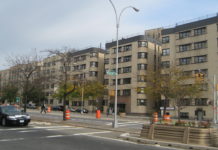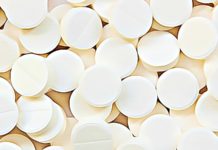58 percent yearly, according to a report by the United Nations Office on Drugs and Crime (UNODC). The current administration that took power in 2016 has not indicated a significant change in policy since then.
Yaba production and distribution has also increased in a similar manner. The number of pills seized by the government increased from 1.3 million in 2007 to 2.3 million in 2009, according to the UNODC. With Myanmar, the largest yaba producer in the world, the two countries have been exporting the drug in high quantities around Asia to countries such as China, Singapore, Bangladesh, Vietnam, and are making their way to the West.
The new drug comes at a time when trafficking markets located in Southeast Asia are mobilizing economically and prospering more than ever before. People have money to buy cheap drugs and need the energy to work hard during the day and party at night. But with governments reporting alarming rates of social acceptance to the brightly colored pill that’s a relative of crystal meth, the health, criminal, and psychological implications of the “crazy medicine” will have an influence on the prosperity of a region.















